July 22, 2023 at 16:36 JST
 A poster of musician Ryuichi Sakamoto hangs at a rally in Tokyo’s Meiji Jingu Gaien district on April 22, where protesters seek a halt to a redevelopment project in the area. (Asahi Shimbun file photo)
A poster of musician Ryuichi Sakamoto hangs at a rally in Tokyo’s Meiji Jingu Gaien district on April 22, where protesters seek a halt to a redevelopment project in the area. (Asahi Shimbun file photo)
Mounting concern and criticism over a mammoth project to redevelop the scenic Meiji Jingu Gaien district in central Tokyo needs to be addressed.
The developers should seek to undertake in-depth talks with a wide range of parties to develop a better vision for the future of the district.
Under current plans, Meiji Jingu Stadium and Chichibunomiya Rugby Stadium will be torn down and rebuilt within the district, while two commercial high-rise buildings, 190 meters and 185 meters tall, respectively, will be constructed along with a hotel and sport facilities.
The blueprint calls for hundreds of trees to be felled while preserving or transplanting a similar number. The entire project is slated for completion in 2036.
During the past week, the developers held a meeting with residents to explain the project. It was the first since construction work started in March.
Meetings were also held during the planning stage under the terms of an ordinance and other rules. However, the developers decided to organize a volunteer event to discuss related issues with residents living within 380 meters of the construction site in response to the growing criticism.
The project involves four entities: real estate developer Mitsui Fudosan Co., Meiji Jingu shrine, the Japan Sport Council and trading house Itochu Corp. In trying to sell the project to residents at the meeting, the developers cited inconveniences of the baseball and rugby stadiums and a dearth of space that people can access freely in the district.
They also said high-rises are needed to ensure sufficient income to help maintain the Meiji Jingu shrine, which is composed of Naien, or the inner precinct, and Gaien, the outer precinct. The attendants voiced concerns about a range of issues, including the sense of oppression that can result from high-rises so close to residences, the environmental impact from spoiling the landscape and strong street-level winds created by high-rise buildings and noise and huge pedestrian traffic linked to the new stadiums.
The plan envisions felling more than 700 trees. The Japan ICOMOS National Committee, an advisory body to UNESCO involved in cultural heritage preservation, has pointed out numerous errors in an environmental impact assessment report on the plan published by the Tokyo metropolitan government.
The ICOMOS panel of experts contends that felling and transplanting so many trees will “destroy the ecosystem” and criticizes the report for failing to mention the critical condition of a famous line of gingko trees and offer scientific data about the issue. More than 21,000 people have affixed their signatures to an online petition calling for the project to be scrapped.
The district’s development dates to 1926 when an artificial forest was created on the former site of the Aoyama parade ground. The district is a cultural legacy from Japan’s modernization drive and became the first area to be designated one of “fuchi chiku” scenic beauty in Japan for the protection of the greenery and landscape. It is also a sports hub.
Formerly, the metropolitan government ordinance restricted the height of buildings in “fuchi chiku” areas to 15 meters. When the Japan National Stadium was rebuilt to serve as the main venue for the Tokyo Olympics in 2021, however, the height limit was raised to 80 meters. In 2022, the ceiling was further eased for some areas.
The businesses involved in the project have shown their commitment to environmental protection and sustainability and a willingness to send out their messages concerning related issues and respect traditions. The companies that have pledged to follow environmental, social, and governance (ESG) principles should be true to their creeds and consider other options with less of an environmental impact.
Their reputations will be damaged if they forge ahead with the current plans without trying to incorporate the voices of residents and others.
Tokyo Governor Yuriko Koike should provide effective leadership to deal with the concerns instead of simply calling on the businesses to explain their plans. She should confront the doubt and anxiety about her government’s handling of the matter and take effective action without ruling out a review of the project.
During the meeting with residents, the developers said they will rethink the plans for facilities, including possible changes in the plan for the baseball stadium, in line with the results of a survey of the tree line. They should go a step further and try to figure out a new approach to the redevelopment of the district that is acceptable to residents and visitors alike. The approach should ensure that the greenery offering precious space for recreation in central Tokyo will be handed down to future generations.
--The Asahi Shimbun, July 22




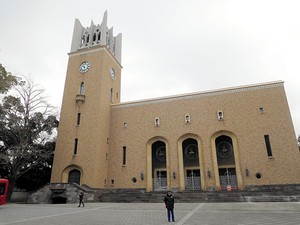


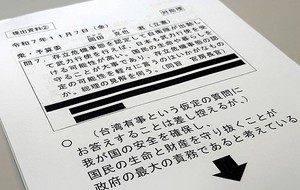
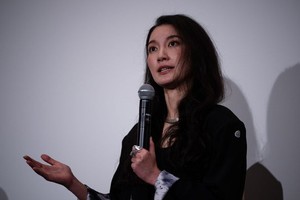








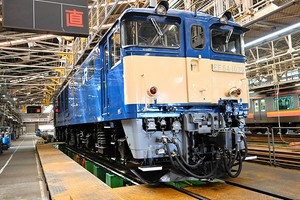

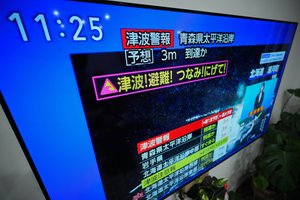
A peek through the music industry’s curtain at the producers who harnessed social media to help their idols go global.
A series based on diplomatic documents declassified by Japan’s Foreign Ministry
Here is a collection of first-hand accounts by “hibakusha” atomic bomb survivors.
Cooking experts, chefs and others involved in the field of food introduce their special recipes intertwined with their paths in life.
A series about Japanese-Americans and their memories of World War II